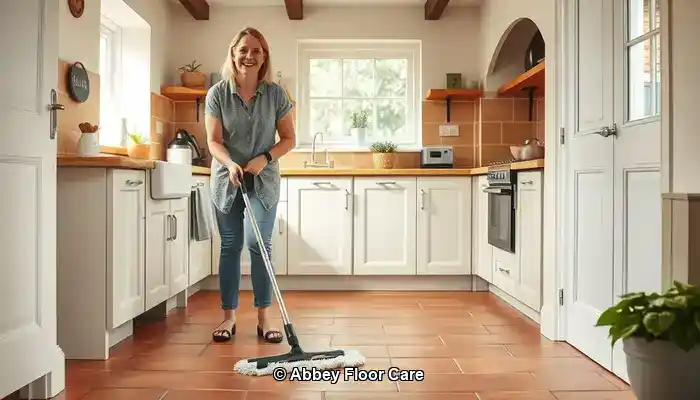
Last Updated on September 29, 2025 by David
Proven Strategies to Maintain Your Terracotta Floors in Pristine Condition
-
- The porosity of terracotta makes it exceptionally vulnerable to dirt accumulation, particularly in humid climates like those found in Surrey.
- Proper sealing is essential to prevent moisture and dirt from penetrating the tile surface.
- Regular maintenance is critical—committed daily sweeping and weekly mopping using pH-neutral cleaning solutions are crucial for keeping the tiles looking immaculate.
- Avoid harsh chemicals and steam mops, as they can undermine the protective seal and scratch the tile surface.
- Choose eco-friendly cleaning products, especially in households with pets or children, to ensure a safe environment.
- Consider hiring professional restoration services for thorough deep cleaning and resealing, ensuring long-lasting protection and visual appeal.
- Place rugs and mats strategically in high-traffic areas to significantly reduce dirt transfer onto the tiles.
- Effectively control moisture—ensure adequate ventilation and address spills immediately to prevent staining and mould growth.
Understanding Why Terracotta Tiles Get Dirty So Quickly
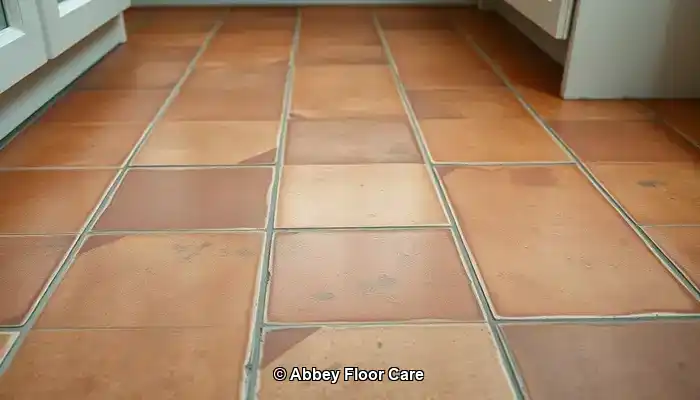
Terracotta tiles offer a beautiful flooring option, particularly in homes that embody traditional or rustic designs commonly seen throughout Surrey. The warm colors and natural textures of terracotta create a welcoming ambiance in any setting. However, despite their aesthetic appeal, terracotta is notorious for quickly becoming dirty, making it essential to comprehend the factors contributing to this issue in order to develop effective cleaning and maintenance strategies.
Expert Recommendations: The Best Products for Daily Terracotta Cleaning
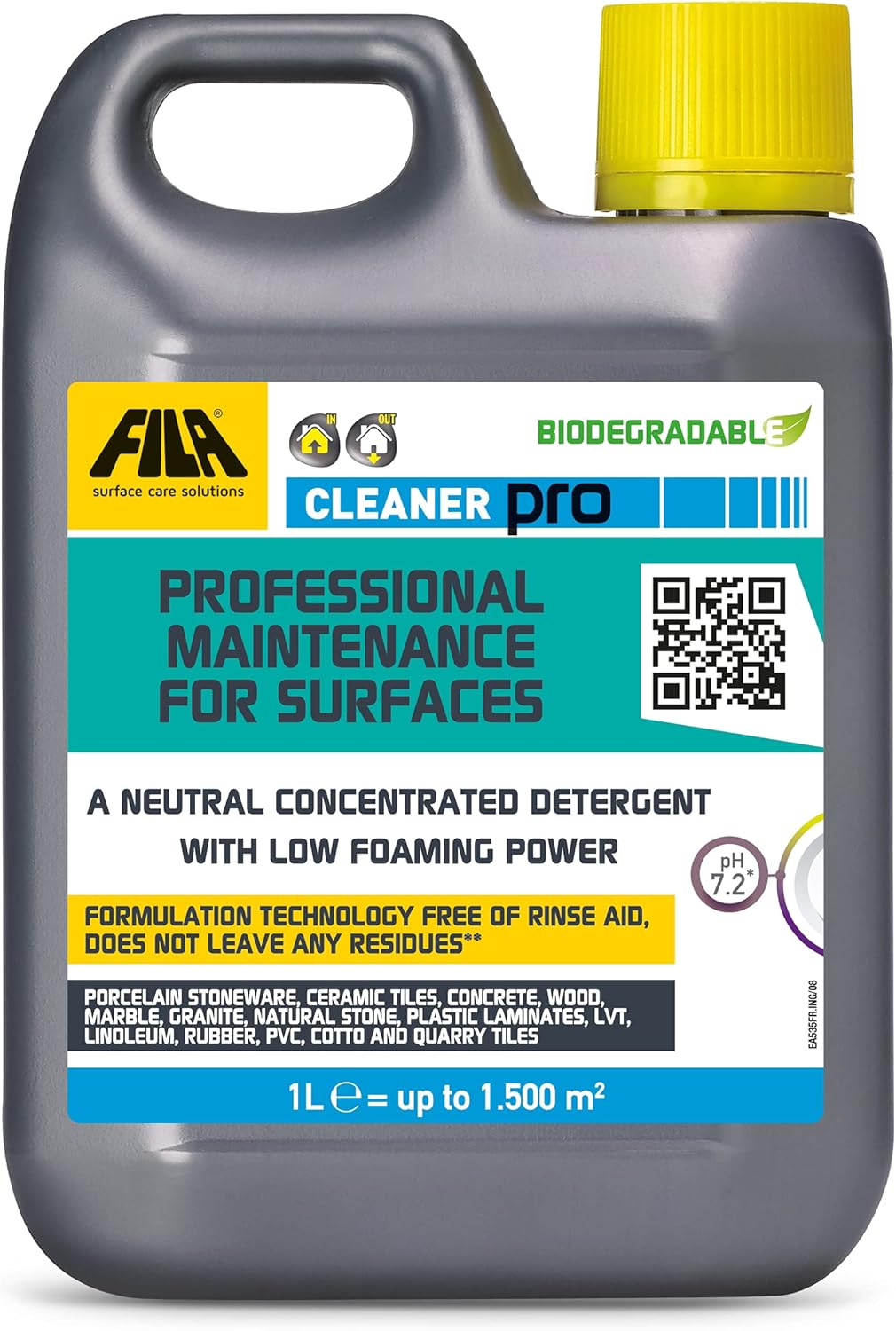
|
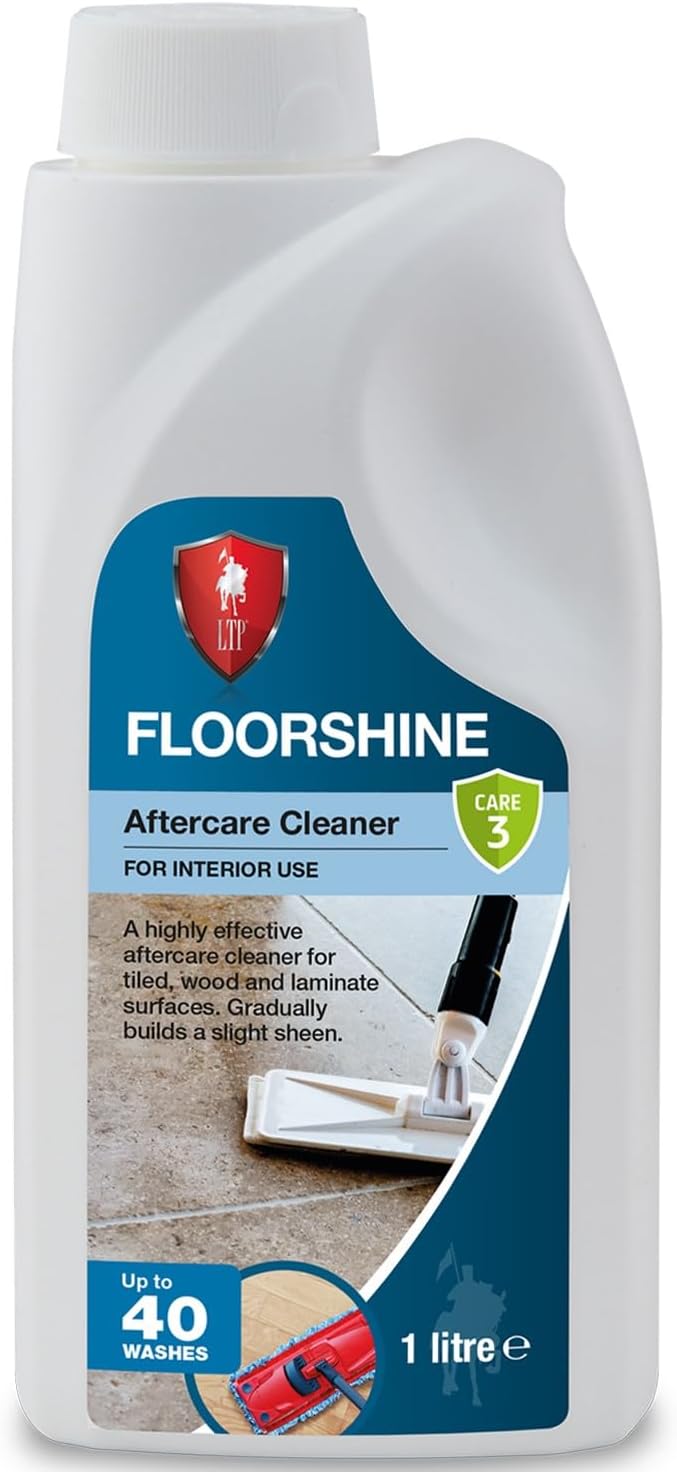
|
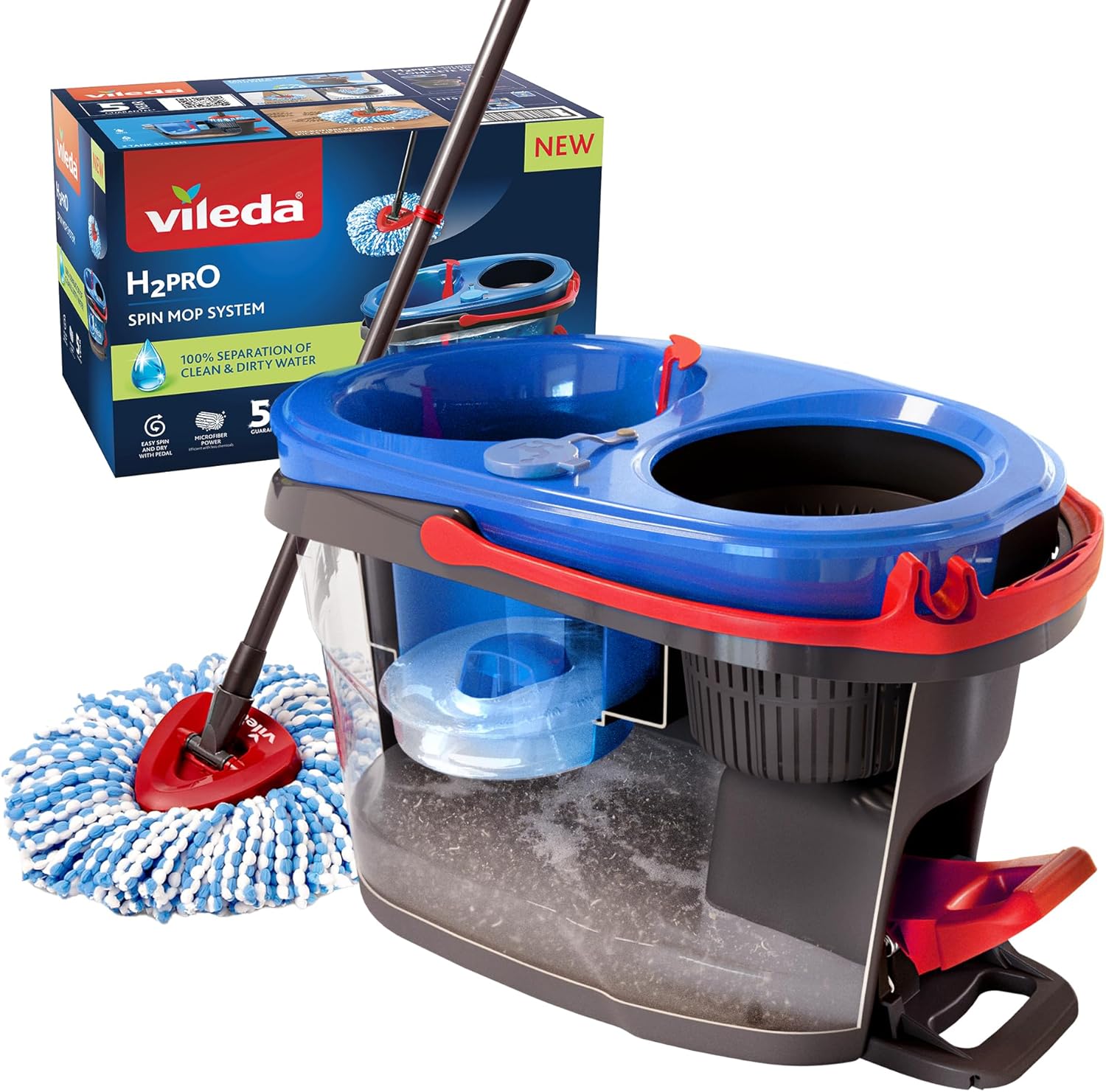
|
Understanding Porosity: The Core Challenge with Terracotta
Terracotta is made from natural clay, which undergoes firing at relatively low temperatures, resulting in a highly porous surface. This distinctive characteristic allows the tile to absorb moisture, oils, and dirt with exceptional efficiency, much like a sponge. In practical use, this porosity enables grime to penetrate deeply into the tile, making removal with standard cleaning methods increasingly difficult.
Unsealed terracotta tiles face heightened risks. Without a protective seal, even minor spills or muddy footprints can leave lasting stains. Over time, this can lead to a dull and discolored appearance, which may require professional intervention for effective restoration.
How Surrey’s Climate Influences Dirt Accumulation on Terracotta Floors
The weather conditions in Surrey greatly impact how quickly terracotta floors can attract dirt. The frequent rainfall and humid environment typical of the region contribute to an increase in moisture being tracked indoors, especially in entryways and conservatories.
Furthermore, homes situated near woodlands or gardens face even greater susceptibility. Soil, pollen, and organic debris can easily be transferred onto terracotta surfaces, particularly if shoes are not removed before entering.
Daily Routines That Accelerate Dirt Buildup on Terracotta Tiles
In addition to environmental factors, everyday habits can worsen the situation. Using inappropriate cleaning products—such as acidic solutions or bleach—can strip away protective coatings and damage the tile surface. While steam mops may seem convenient, they often drive moisture deeper into the tile, exacerbating the issue.
High-traffic areas, such as kitchens and hallways, inherently experience more wear and tear. If regular sweeping and mopping are overlooked, dirt can quickly accumulate and become intertwined with the tile’s texture.
Effective Techniques for Maintaining Spotless Terracotta Floors
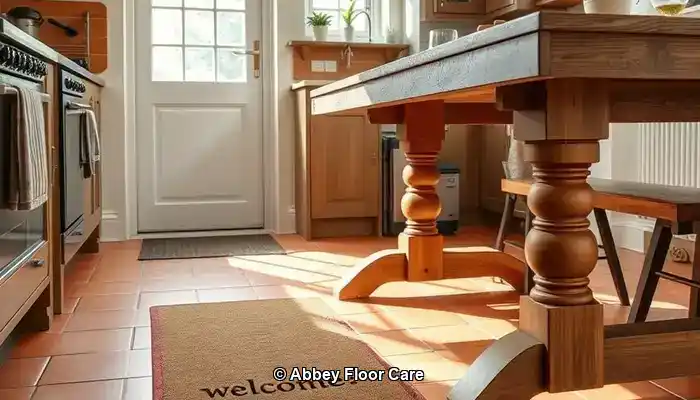
Keeping terracotta floors clean requires a proactive approach to managing dirt. In Surrey homes, where damp conditions and garden traffic are commonplace, timely and consistent care is essential for preserving the natural beauty of terracotta tiles.
Sealing: Your Best Defense Against Dirt Accumulation
The most effective strategy to prevent terracotta from becoming dirty too quickly is to ensure it is adequately sealed. A high-quality, breathable sealant creates a protective barrier that repels moisture, oils, and dirt. Given the fluctuating humidity levels in Surrey, sealing is critically important to prevent water absorption that can result in staining and mould growth.
Experts recommend resealing terracotta every 12 to 18 months, depending on foot traffic and exposure conditions. In high-traffic areas like kitchens, hallways, and conservatories, more frequent sealing may be necessary. Always select a sealant designed specifically for porous stone and avoid glossy finishes that may trap dirt on the surface.
Strategically Placing Rugs and Mats to Minimize Dirt Transfer
Carefully placing rugs and mats can significantly reduce the amount of dirt that reaches your terracotta tiles. Sturdy doormats at entrances are essential for capturing mud and moisture before they enter your home. In busy areas like hallways or under dining tables, area rugs serve as protective barriers against wear and tear.
For rooms that connect to the outdoors, consider washable runners that can be cleaned regularly. These not only help maintain the cleanliness of the tiles but also add warmth and style to your living space.
Managing Moisture Effectively in Surrey Homes
The climate in Surrey is characterized by frequent rain and humidity, which can hasten dirt accumulation on terracotta. To counteract this, utilize dehumidifiers in enclosed spaces and ensure proper ventilation throughout your home. Promptly clean up spills and avoid leaving wet items—such as shoes or towels—on the floor.
If your terracotta is located in a conservatory or garden room, consider installing blinds or UV filters to reduce condensation and prevent sun damage. These small adjustments can significantly enhance the longevity and appearance of your tiles over time.
By combining sealing, thoughtful design choices, and moisture management, homeowners in Surrey can effectively reduce the rate at which terracotta floors become dirty. The next section will outline the best cleaning practices to maintain that fresh, natural look day after day.
The Best Cleaning Techniques for Terracotta Flooring
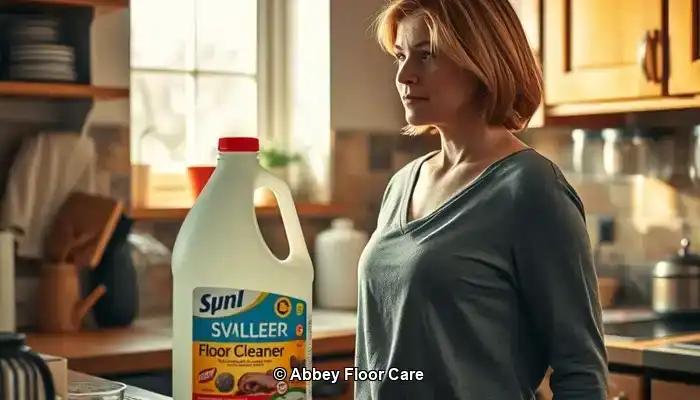
Even with proper sealing and preventative measures in place, terracotta floors require regular maintenance to retain their natural beauty. The focus should be on employing appropriate techniques and products that clean effectively without compromising the tile’s porous structure.
Creating a Daily and Weekly Cleaning Schedule
In Surrey homes, where outdoor elements frequently enter, daily sweeping or vacuuming is essential. Use a soft-bristle broom or a vacuum cleaner set for hard floors to remove dust, grit, and organic debris before they settle into the tile.
For weekly upkeep, mop with warm water and a pH-neutral cleaner specifically designed for natural stone. Avoid soaking the floor, as damp mopping is the preferred method. Excess water can seep into the tile and lead to staining or mould growth, particularly in older or poorly sealed installations.
Choosing the Right Cleaning Products for Terracotta
Select cleaning products that are both gentle and effective. Look for labels that specify “stone-safe,” “non-acidic,” or “pH-neutral.” In Surrey, where eco-friendly living is increasingly prioritized, many homeowners opt for biodegradable cleaning solutions that are safe for pets and children.
Avoid multi-surface cleaners that contain bleach, ammonia, or citrus extracts, as these can erode sealants and etch the terracotta, making it more susceptible to future staining.
For stubborn stains, use a soft cloth with a diluted solution of stone cleaner. Never scrub with abrasive pads or wire brushes, as these can scratch the surface and complicate future cleaning efforts.
What to Avoid: Dangerous Chemicals and Steam Mops
While steam mops may seem convenient, they are unsuitable for terracotta. The high heat and moisture can penetrate the tile and undermine the seal, leading to lasting damage. Similarly, acidic cleaners like vinegar or lemon juice—even when diluted—can erode the tile’s surface and cause discoloration.
Stick to gentle cleaning methods and always perform tests on a small, inconspicuous area before applying new products across your entire floor.
Balancing Professional Tile Care with DIY Maintenance for Terracotta
For many homeowners in Surrey, the journey of maintaining terracotta floors often begins with DIY methods. While routine sweeping and mopping can be beneficial, there comes a point when professional care becomes not only advantageous but also necessary.
When Should You Contact a Surrey Tile Care Specialist?
If your terracotta tiles show signs of deep staining, uneven color, or surface wear, it is wise to seek expert help. Professional tile care specialists in Surrey employ advanced equipment and stone-safe products that penetrate deeper than standard household cleaners. They can assess the condition of your sealant and recommend an appropriate resealing schedule based on your home’s specific situation.
Restoration services typically include deep cleaning, stain removal, and the application of breathable sealants that protect the tile without altering its natural appearance. For older homes or heritage properties, specialists can even recreate the original finish to maintain authenticity.
Assessing the Cost of Professional Care Versus Longevity
While DIY cleaning may initially seem more budget-friendly, it often yields temporary results. Without proper sealing and deep cleaning, dirt continues to build up—necessitating more frequent maintenance and risking irreversible damage.
In contrast, professional care extends the lifespan of your terracotta floors. A single restoration session can rejuvenate color, eliminate ingrained dirt, and safeguard the surface for months or even years. In high-traffic areas like kitchens or hallways, this investment pays off through reduced maintenance and enhanced visual appeal.
Homeowners in Surrey who prioritize long-term property care and aesthetic charm often discover that expert services provide peace of mind and superior results. Furthermore, many local providers now offer eco-friendly options and tailored maintenance plans that fit your lifestyle.
Discovering Eco-Friendly and Safe Cleaning Options for Terracotta
The natural beauty of terracotta deserves maintenance that reflects its earthy character. For homeowners in Surrey aiming to keep their floors clean without compromising health or environmental sustainability, eco-friendly cleaning is the best approach. Fortunately, modern products and methods allow for the protection of your tiles—and your household—without resorting to harsh chemicals.
Choosing Non-Toxic Sealants and Cleaning Solutions
Traditional sealants often contain solvents that release volatile organic compounds (VOCs), which can linger in the air and negatively affect indoor air quality. Nowadays, eco-friendly alternatives utilize water-based formulations that are low in VOCs and safe for households with children and pets.
When selecting a cleaner, look for products labeled as “biodegradable,” “plant-based,” or “stone-safe.” These options are specifically designed to lift dirt without damaging the porous surface of terracotta. Brands focusing on natural stone care frequently offer concentrated solutions that can be diluted for daily use, minimizing waste and packaging.
Child- and Pet-Safe Cleaning Alternatives
In active Surrey households, ensuring safety is just as important as maintaining cleanliness. Avoid bleach, ammonia, and acidic cleaners like vinegar, which can not only harm the tile but also pose risks to pets and young children. Instead, opt for gentle formulations made from coconut oil, citrus enzymes, or mineral-based ingredients.
If you prefer DIY cleaning solutions, a simple mixture of warm water and a few drops of castile soap can be surprisingly effective for light cleaning tasks. Just be sure to test any homemade mixture on a small, inconspicuous area first to ensure it won’t adversely affect the sealant or finish.
Encouraging Sustainable Cleaning Habits
Practicing eco-friendly care goes beyond product selection—it encompasses habits as well. Use reusable microfiber cloths and mops instead of disposable options. Regular sweeping reduces the need for frequent wet cleaning. Additionally, when resealing, choose products with recyclable packaging and minimal environmental impact.
Many floor care professionals in Surrey now offer green cleaning packages, utilizing certified non-toxic products and sustainable methods. If you are unsure where to start, arranging a consultation with a local expert can help establish a routine that is both effective and environmentally responsible.
Keeping Your Terracotta Floors Spotless and Beautiful
Terracotta flooring adds warmth, character, and timeless elegance to Surrey homes, yet its porous nature requires diligent maintenance to stay clean and vibrant. By recognizing the causes of rapid dirt accumulation, implementing effective sealing practices, and adopting smart cleaning routines, you can significantly reduce grime buildup and prolong the life of your tiles.
Whether managing a busy household or restoring a historic property, consistency is key. Regular sweeping, pH-neutral cleaning, and seasonal resealing are essential practices for maintaining an immaculate appearance. When stains or wear begin to appear, do not hesitate to reach out to a local specialist for professional restoration services.
Utilizing eco-friendly products and safe cleaning methods ensures your floors remain beautiful while protecting health and environmental integrity. With the right approach, terracotta can continue to be a stunning feature in your home for many years to come.
Ready to safeguard your floors smartly? <a href=”https://www.abbeyfloorcare.co.uk/home-garden/porcelain-tile-repair-near-me-east-calder/”>Contact us today</a> for expert terracotta maintenance tailored to the unique conditions of Surrey. Let us assist you in keeping your home looking its absolute best—naturally.
Frequently Asked Questions About Terracotta Maintenance
Terracotta floors have lasting appeal, yet they come with specific care needs. Below are answers to some of the most common questions posed by Surrey homeowners looking to keep their tiles clean, protected, and visually stunning.
How Often Should I Reseal My Terracotta Tiles?
In most Surrey homes, terracotta tiles should be resealed every 12 to 18 months. However, this frequency can vary based on foot traffic, moisture exposure, and whether the tiles are indoors or outdoors. Areas like kitchens, hallways, and conservatories may require more frequent resealing. If your tiles start absorbing water or appear dull, it’s time for resealing.
Can I Use Vinegar or Bleach on My Terracotta Floors?
No—vinegar, bleach, and other acidic or harsh cleaners can damage terracotta. These substances erode sealants and etch the tile surface, leading to irreversible discoloration. Always opt for pH-neutral, stone-safe cleaning products specifically formulated for porous flooring.
What Is the Best Mop for Cleaning Terracotta Floors?
A microfiber mop is the ideal choice for terracotta floors. It effectively captures dust and dirt without scratching the surface and requires minimal water, which is essential for porous tiles like terracotta. Avoid sponge mops or steam mops, which can oversaturate the tiles and compromise the sealant.
Are DIY Cleaning Solutions Safe to Use?
Yes, but with caution. A mild mixture of warm water and castile soap can be effective for light cleaning tasks. Always test any homemade solution on a small, hidden area first. Steer clear of anything acidic or abrasive, and never apply homemade cleaners to unsealed tiles.
What Steps Should I Take If My Tiles Are Already Stained?
If stains have penetrated the tiles, professional restoration is the most effective option. Tile care specialists in Surrey can provide deep cleaning, remove embedded grime, and reseal the surface to restore the tile’s original color and texture. DIY methods may worsen the damage if unsuitable products are used.
The Article Tired of Dirty Terracotta? How to Keep It Clean Longer first found on https://www.abbeyfloorcare.co.uk
The Article Keep Terracotta Clean Longer: Tips for Sparkling Surfaces appeared first on https://fabritec.org
The Article Terracotta Cleaning Tips for Long-Lasting Sparkle Was Found On https://limitsofstrategy.com
The Article Terracotta Cleaning Tips for a Lasting Shine First Appeared ON
: https://ad4sc.com
Comments are closed